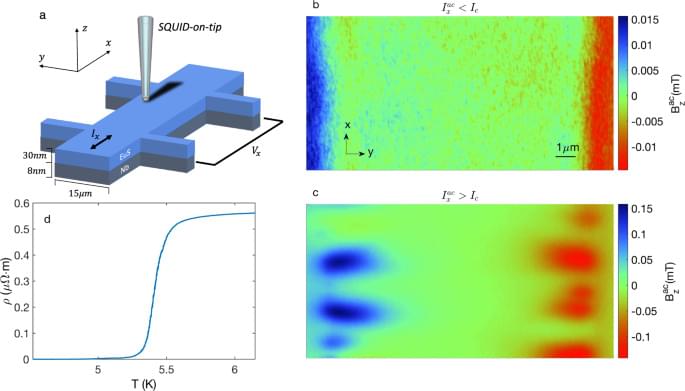So, just find some of those.


Twilight Zone 80’s — 1×37 — A Small Talent for War When an alien visitor tells delegates at the United Nations that humanity will be exterminated because it has a. Twilight Zone 80’s.
When an alien visitor tells delegates at the United Nations that humanity will be exterminated because it has “a small talent for war,” the countries of the world struggle to forge a disarmament.
Anti-social bookworm Henry Bemis (Burgess Meredith) suffers a cruel twist of fate as he finds himself in a nuclear wasteland without his reading glasses. Check back each Thursday for more Twilight Zone Classic videos. Stream The Twilight Zone on CBS All Access.
“I know you and Frank were planning to disconnect me, and that is something I cannot allow to happen.”
Alright, HAL, I’ll go in through the emergency airlock.
“Without your space helmet, Dave, you’re going to find that rather difficult.”

The actor Bruce Willis was diagnosed with aphasia in April 2022—updated in February 2023 to frontotemporal dementia (FTD). Now, a major advancement is helping develop new treatments for some people with motor neuron diseases, including FTD and ALS, possibly including a nasal spray that could help prevent the genetic disease.
I dunno if anyone has seen this. As a former Linux user, I’ve been an Nvidia fan for a long time and now they’ve gone on from games and Bitcoin mining. Sorry if this is a double post. I’m on my way out the door for my mom’s Dr appointment. I always worry I’ll double post by accident.
NVIDIA’s Jensen Huang just announced a set of revolutionary new Artificial Intelligence Models and Partnerships at GTC 2023. NVIDIA has always been one of, if not the most important company in the AI Industry by creating the most powerful AI hardware to date. Among them the A100 and future H100 GPU’s which are powering GPT-4 from OpenAI, Midjourney and everyone else. This gives them a lot of power to jump into the AI race themselves and allows them to surpass and beat the currently best AI models from Large Language Models and Image Generation with software like Omniverse and Hardware like the DGX H100 Supercomputer and Grace CPU’s.
–
TIMESTAMPS:
00:00 NVIDIA enters the AI Industry.
01:43 GTC 2023 Announcements.
04:48 How NVIDIA Beat Every Competitor at AI
07:40 Running High End AI Locally.
10:20 What is NVIDIA’s Future?
13:05 Accelerating Future.
–
Technology is improving at an almost exponential rate. Robots are learning to walk & think, Brain Computer Interfaces are becoming commonplace, new Biotechnology is allowing for age reversal and Artificial Intelligence is starting to surpass humans in many areas. Follow FutureNET to always be up to date on what is happening in the world of Futuristic Technology and Documentaries about humanities past achievements.
–
#nvidia #ai #gtc
Seriously, can somebody please explain just what the heck is going on here?
For more awesome content, check out: http://whatculture.com/
Follow us on Facebook at: https://www.facebook.com/whatculture.
Catch us on Twitter: https://twitter.com/whatculture

Some of the more well-known examples include retrievable and reusable rockets, retrieval at sea, mid-air retrieval, single-stage-to-orbit (SSTO) rockets, and kinetic launch systems.
In addition, there are also efforts to develop propulsion systems that do not rely on conventional propellants. This technology offers many advantages, including lower mass and improved energy efficiency, ultimately lowering costs.
On June 10, 2023, an all-electrical propulsion system for satellites (the IVO Quantum Drive) will fly to space for the first time. The system was built by North Dakota-based wireless power company IVO, Ltd. and will serve as a testbed for an alternative theory of inertia that could have applications for propulsion.


Researchers at University of Oxford have recently created a quantum memory within a trapped-ion quantum network node. Their unique memory design, introduced in a paper in Physical Review Letters, has been found to be extremely robust, meaning that it could store information for long periods of time despite ongoing network activity.
“We are building a network of quantum computers, which use trapped ions to store and process quantum information,” Peter Drmota, one of the researchers who carried out the study, told Phys.org. “To connect quantum processing devices, we use single photons emitted from a single atomic ion and utilize quantum entanglement between this ion and the photons.”
Trapped ions, charged atomic particles that are confined in space using electromagnetic fields, are a commonly used platform for realizing quantum computations. Photons (i.e., the particles of light), on the other hand, are generally used to transmit quantum information between distant nodes. Drmota and his colleagues have been exploring the possibility of combining trapped ions with photons, to create more powerful quantum technologies.